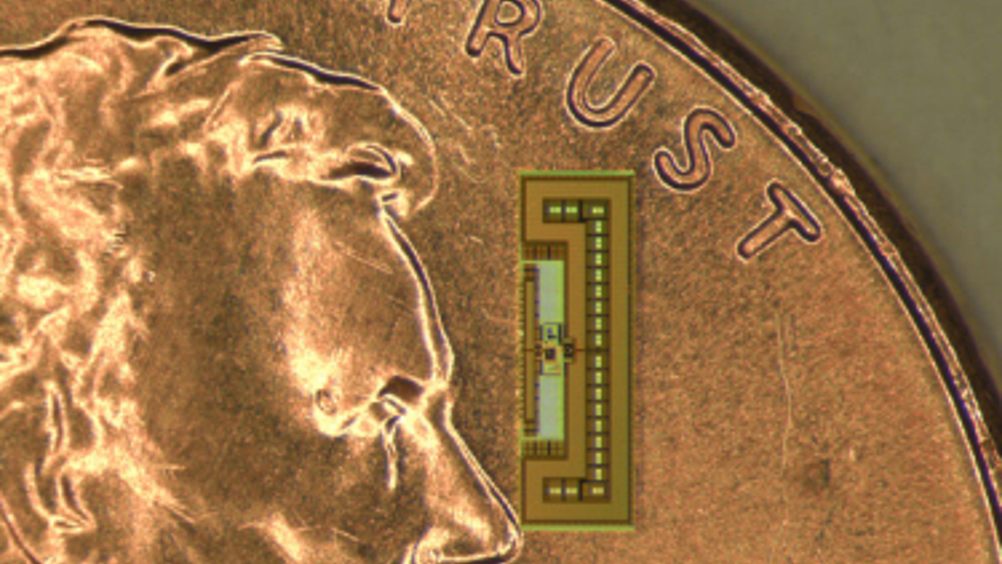Tiny radio-on-a-chip devices could spur on the IoT
1 min read
In a move which could give the Internet of Things (IoT) a serious kick start, researchers from Stanford University and the University of California, Berkeley have created a radio-on-a-chip that is so energy efficient it can gather all the power it needs from the same electromagnetic waves that carry signals to its receiving antenna – no batteries required.

The tiny, ant-sized device comprises receiving and transmitting antennas and a central processor.
Designed to compute, execute and relay commands, it costs just pennies to fabricate, requires no external connections or power supply to operate, and is extremely energy efficient.
Project leader Amin Arbabian, an assistant professor of electrical engineering at Stanford, said: "We have the internet to carry commands around the globe, and computers and smartphones to issue the commands. What's missing is a wireless controller cheap enough to so that it can be installed on any gadget anywhere.
"By putting all the essential elements of a radio on a single chip that costs pennies to make, we're ultimately talking about connecting trillions of devices."
Based on his designs, French semiconductor manufacturer STMicroelectronics has fabricated 100 of the radios-on-a-chip to prove that the devices work, i.e. that they can receive signals, harvest energy from incoming radio signals and carry out commands and relay instructions.
The current prototype devices have a communication range of approximately 50cm, with Arbabian envisioning networks of such devices being deployed throughout a house at regular intervals to provide a web of interconnectivity and control between smart devices in the home and the internet.












